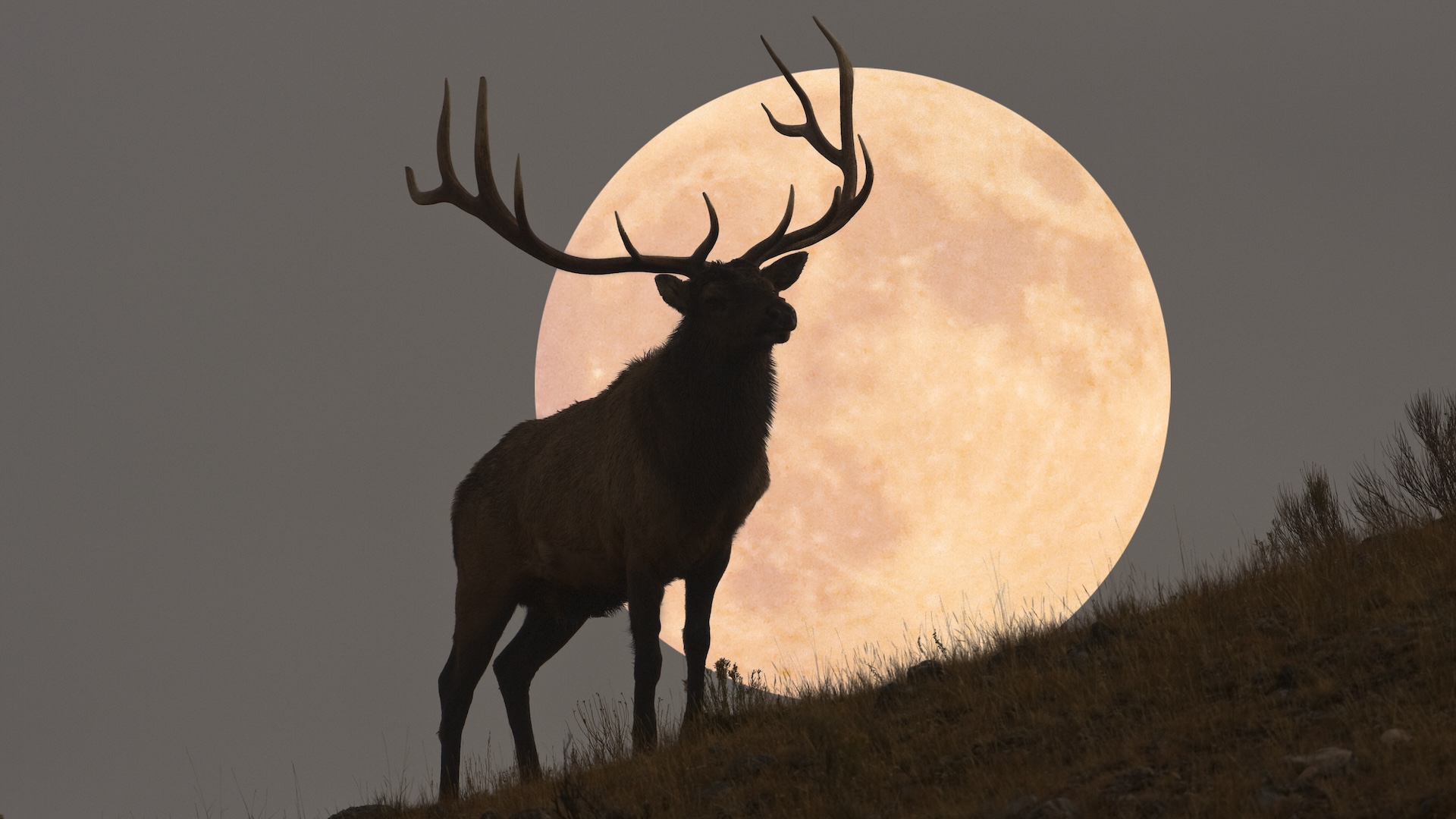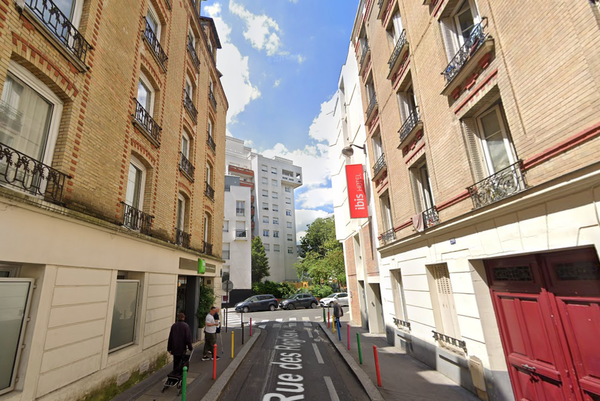
July's full moon, known as the Buck Moon, will be at its fullest Sunday (July 21) when seen from North America. The moon will also appear bright and full on Saturday and Monday.
Native American tribes named July's full moon the Buck Moon after the new antlers that emerge from a buck's forehead this time of the year, according to Time and Date. Other traditional names for July's full moon include the Thunder Moon and the Hay Moon. The Anishinaabeg people call it Miin Giizis, or Berry Moon, according to the Center for Native American Studies.
The Buck Moon will be at its fullest at 6:17 a.m. EDT on Sunday. From North America, it can be best seen as it rises in the east that evening after sunset, though the exact time of moonrise will depend on your location.
A full moon always rises in the east as the sun sets in the west; after shining all night, the full moon then sets in the west as the sun rises in the east. That's because a full moon occurs when Earth is positioned perfectly between the sun and the moon, with the moon fully illuminated as seen from Earth. According to NASA, there are 29.53 days between full moons — a period called a synodic month.
July's Buck Moon will be the last regular full moon for four months. The next full moon after the Buck Moon will be the Sturgeon Moon on Monday, Aug. 19. It will be the first of four consecutive supermoons of 2024. The moon's orbital path around Earth is a slight oval, meaning every month, there's a nearest point (perigee) and a farthest point (apogee), according to NASA. When a full moon occurs close to perigee, it's sometimes called a supermoon because it appears slightly larger and shines a little brighter.
The full moon can always be seen with the naked eye on clear nights. But looking at the moon through a pair of stargazing binoculars or a good small telescope can help bring specific regions of the moon's Earth-facing side into a much crisper view.







